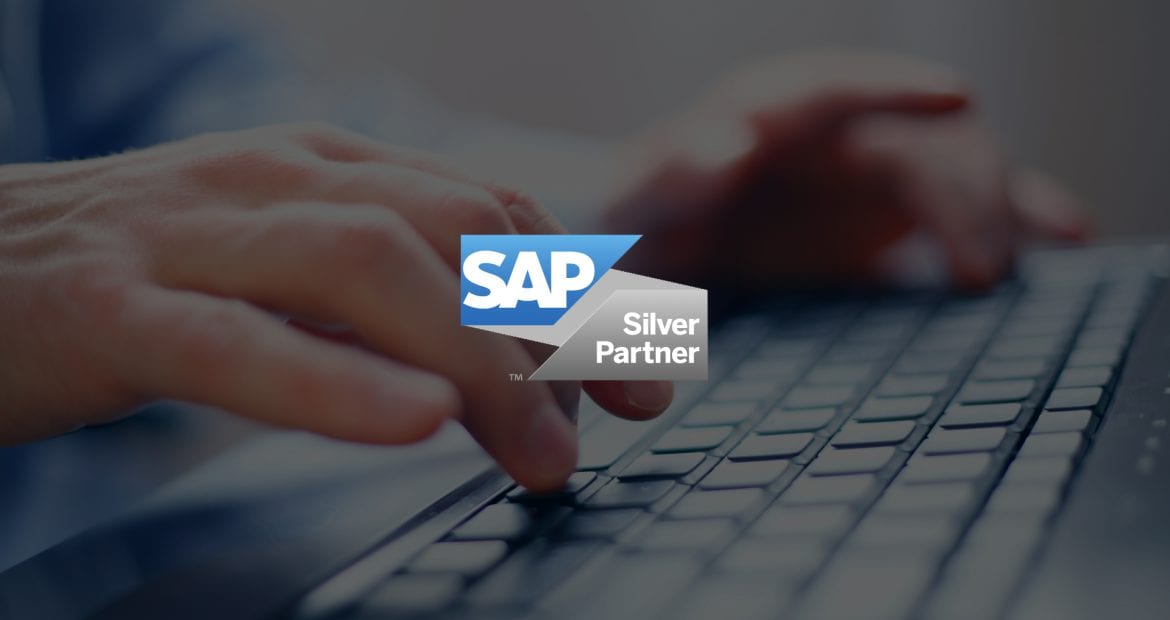
In an era where digital transformation drives sustainable business growth, one area that remains ripe for disruption is Accounts Payable (AP). AP automation is no longer just an option – it’s a business necessity that yields considerable strategic advantages, particularly for mid-market companies. This post aims to provide an in-depth understanding of the myriad benefits of AP automation to executives committed to fostering operational excellence, reducing costs, and enhancing cash flow management.
The AP Challenge: A Time and Resource Intensive Process
AP processes often contain manual data entry, paper invoices, and lengthy approval cycles. These processes are time-consuming and prone to human error, resulting in late payments, missed discounts, and increased operational costs. The lack of real-time visibility into AP data often leads to suboptimal decision-making, hampering growth and profitability.
The AP Automation Advantage: Transforming the AP Landscape
AP automation technology disrupts this status quo, offering a more innovative, efficient, and cost-effective way to manage AP processes.
Let’s delve into the specific benefits:
- Time Savings: AP automation drastically reduces the time to process an invoice, leading to faster approvals and payments. This increased efficiency frees up valuable staff time that can be better utilized for strategic tasks, such as analyzing spending data or improving supplier relationships.
- Reduced Operational Costs: Automating AP processes reduces the need for manual intervention, thereby minimizing the scope for human errors and the costs associated with rectifying them. Moreover, it can also decrease storage and postage costs associated with paper invoices. Calculate your potential savings here using SAP’s Buying and Invoicing Value Calculator.
- Enhanced Cash Flow Management: With real-time visibility into outstanding invoices and payment dates, AP automation allows companies to optimize their cash flow. Companies can take advantage of early payment discounts and avoid late payment penalties, thereby improving their bottom line.
- Decreased Rogue Spend: AP automation controls maverick spending by enforcing corporate policies and approval workflows. It also improves spend visibility, enabling companies to identify and mitigate rogue expenditures more effectively.
- Improved Supplier Relationships: Timely payments and transparent communication foster healthier supplier relationships. This enhances supply chain efficiency and opens up opportunities for negotiation and collaboration.
The Powerhouse Duo: SAP Ariba Buying and Invoicing and Premikati
While the benefits of AP automation are clear, the choice of software and its implementation process is crucial.
SAP Ariba Buying and Invoicing is a robust solution offering comprehensive AP automation capabilities. It streamlines end-to-end procure-to-pay processes, enhances visibility into company-wide spending, and drives compliance and control across the invoice management process.
Yet, the success of any AP automation initiative is about more than just the software. It’s about how effectively the software is implemented and integrated with your existing systems and processes. This is where Premikati offers rapid implementation and deployment services that ensure a smooth and efficient transition to automated AP processes.
Premikati’s expertise in SAP Ariba implementation reduces the time-to-value, allowing companies to experience the benefits of AP automation sooner rather than later. Their robust training and support ensure that your team is equipped to leverage the software’s full potential.
AP automation is a transformative strategy that can significantly improve your business’s operational efficiency, financial health, and competitive edge. With SAP Ariba Buying and Invoicing and Premikati’s deployment services, your business is well-positioned to navigate the AP automation journey successfully.








